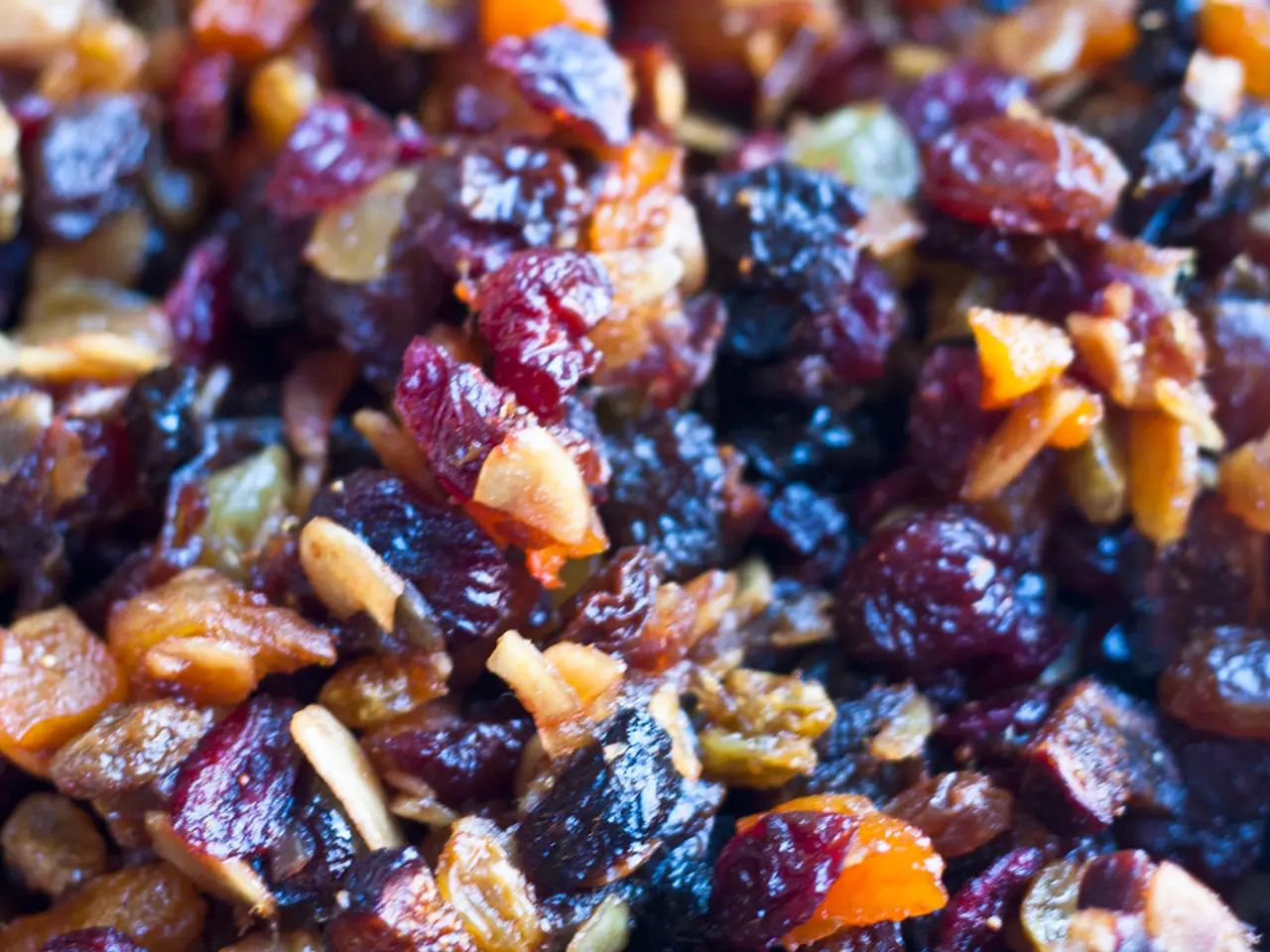Fermentation-produced L-histidine and L-histidine monohydrochloride monohydrate, specifically from Corynebacterium glutamicum KCCM 80389.
The European Union (EU) has established official methods for controlling histidine and histamine in L-histidine and L-histidine monohydrochloride monohydrate feed additives. These methods are essential to ensure the safety and quality of these substances, following EU directives and guidance from the European Food Safety Authority (EFSA).
The primary methods for official control include High-Performance Liquid Chromatography (HPLC), Ion-Exchange Chromatography coupled with Post-Column Derivatization, Mass Spectrometry (MS) or LC-MS/MS, and Spectrophotometric and Enzymatic assays. HPLC is the most common method due to its high sensitivity and specificity, often coupled with fluorescence or UV detection to accurately detect amino acids and biogenic amines at low concentrations.
For confirmatory analysis, MS methods provide precise identification and quantification of histidine and histamine, allowing differentiation from other similar compounds. Spectrophotometric and Enzymatic assays are generally considered screening methods and may be used for preliminary assessment but are less specific than chromatographic techniques.
To comply with EU regulations, laboratories performing official control must use validated and standardized methods such as those described above, ensuring results are reproducible and comply with legal thresholds for safety. Sample preparation protocols include proper extraction and purification steps to minimize matrix interference and improve detection accuracy.
The EU method for the determination of histidine in feed additives, premixtures, and compound feed is based on ion-exchange chromatography (IEC) coupled to post-column derivatisation and optical (VIS) detection. However, it should be noted that this method does not distinguish between the salts of amino acids and cannot differentiate between enantiomers.
The EURL recommends for official control the EU method (or equivalent EN ISO 13903 method) or EN ISO 17180 method based on IEC-VIS or IEC-VIS/FLD detection, or the single-laboratory validated and further verified method based on high performance liquid chromatography method coupled with spectrophotometric detection (HPLC-UV) for the determination of histidine in the feed additives.
The application seeks authorization for L-histidine and L-histidine monohydrochloride monohydrate produced by fermentation with Corynebacterium glutamicum KCCM 80389 under Article 4(1) for use as nutritional additives and sensory additives. The feed additives are intended to be added to feed through premixtures or directly into compound feed and water, containing a minimum of 90.0% L-histidine and 98.0% L-histidine monohydrochloride monohydrate (w/w, based on dry matter).
[1] EU Regulation on Feed Additives (Regulation (EC) No 183/2005) [4] European Commission: Guidance on Analytical Methods for Feed Additives (2017)
- In the realm of data and cloud computing, technology plays a crucial role in storing and processing the vast amount of data generated from scientific research on health-and-wellness, including studies on fitness-and-exercise, therapies-and-treatments, and nutrition.
- A healthy lifestyle is often associated with cooking nutritious food-and-drink, an activity that can be enhanced through education-and-self-development and career-development opportunities in personal-finance, business, and investing.
- The financial aspect of lifestyle choices extends to personal-finance and investing, where individuals can make informed decisions based on general-news and market trends, allowing them to save, invest, and manage their resources effectively.
- As a responsible parent, it's essential to ensure your family enjoys healthy-cooking practices within a well-maintained kitchen, fostering a safe and nurturing home environment that supports a lifestyle of wellness.
- In today's fast-paced world, data science is not only relevant to the scientific community but also to various industries such as finance, food-and-beverage, and technology, driving innovation and efficiency across sectors.
- To comply with EU regulations in the food-and-beverage industry, businesses must adhere to approved analytical methods for the determination of substances like histidine in feed additives, ensuring the safety and quality of their products.
- For those pursuing a career in science, education-and-self-development is crucial to understanding the various methods used for official control in fields such as health-and-wellness or data-and-cloud-computing, enhancing one's expertise and contributing to advancements in these areas.
- Among the many techniques used for official control, High-Performance Liquid Chromatography (HPLC) is the most common due to its high sensitivity and specificity, offering a reliable means of analyzing compounds like histidine and histamine in feed additives.
- To maintain transparency and credibility, laboratories performing official control must validate and standardize their methods, following guidelines from organizations like the European Food Safety Authority (EFSA), to ensure the accuracy and reproducibility of their results.




